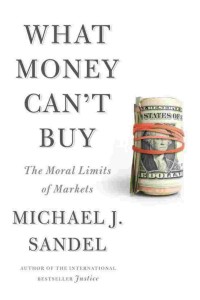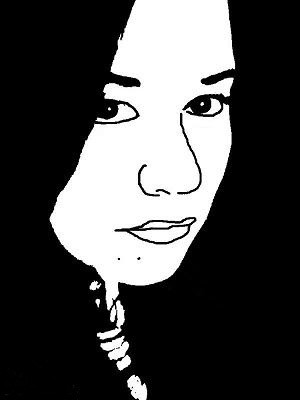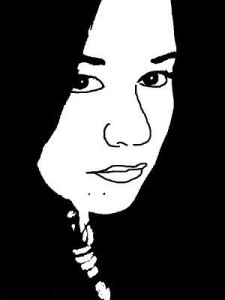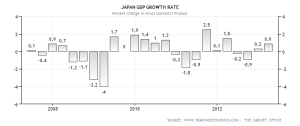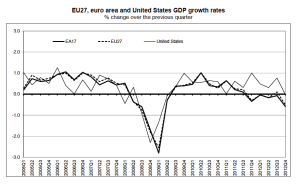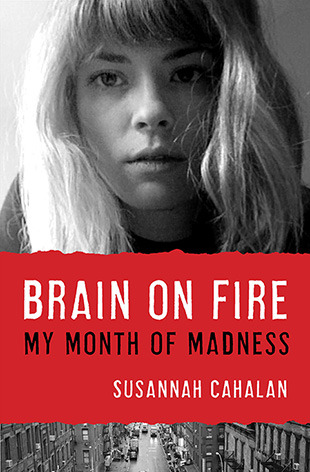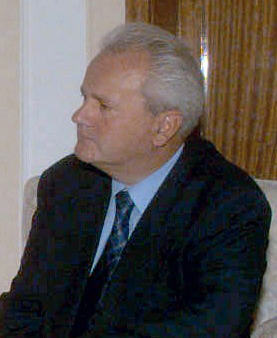
What is it that makes people capable of hacking another human being to death on a peaceful street? It is a question that demands asking after last week’s brutal murder of a British soldier. The suspects, captured on cellphone video, are two men who claimed they were avenging Muslims killed by British armed forces.
One easy answer is: Islam, or a bit more subtly, radical Islam. After the bombing of the Boston Marathon — whose perpetrators similarly cited U.S. military aggression against Muslims — conservative commentator Erik Rush called Islam “wholly incompatible with Western society.” Another alternative is to take the terrorists at their word and characterize these murderous acts as “blowback” resulting from Western imperialism. This is the position taken by people like Glenn Greenwald, who argues that although the U.S. isn’t totally to blame for the attacks by extremist Muslims on Western targets, it must accept the lion’s share of that blame.
Greenwald recently clashed with Bill Maher, another liberal commentator, on this matter. Greenwald certainly has a point, and is far more thoughtful than extremists like Erik Rush. Going back at least to the U.S.-backed coup in 1953 that ousted Iran’s democratically elected prime minister and made the Shah an absolute monarch, U.S. policy has indirectly fueled radicalism in Muslim countries. Britain and other European states have mucked around in the Middle East even longer. Nevertheless, Maher also makes the point that — in the twenty-first century at least — only Muslims react with such widespread violence to blasphemous writings or cartoons. This kind of fanaticism may be waning, however, and Western Christians are perfectly willing to murder innocents as well: recent examples include the Norwegian who massacred seventy-seven people to “protect” his country from Islam and multiculturalism, and the white supremacist who gunned down six of his fellow Americans in a Wisconsin Sikh temple. What motivates any of these terrorist murders?
The question is not easy to answer. What it comes down to, I suspect, is a combination of hate and fear, which feed upon each other. The violence begets more violence, a vicious cycle of bloodshed that becomes increasingly difficult to halt. What I can say with more certainty, though, is that we should be highly suspicious of anyone who claims to have a simple answer.
As many moderate Muslims know well, their communities need to be more vocal in standing up to fanaticism, and more willing to tolerate those who have different beliefs. Yes, there are religious extremists and terrorists among non-Muslims in the West as well. But the Muslim world has numerous theocratic states (Saudi Arabia, Iran, etc.), along with radical Islamist movements and insurgencies in a number of countries. So let’s not make false equivalencies.
On the other hand, Western governments need to help the moderates fight extremism in their countries by shrinking its military footprint abroad. With the end of the U.S. presence in Iraq and, a year from now, a drastic reduction in the number of coalition soldiers in Afghanistan, that is already happening, but a greater drawdown there and elsewhere is needed.
At the same time, the U.S. cannot wall itself off from the world’s problems. It must protect its citizens (who include millions of Muslim Americans) from those violent extremists who would harm them — whatever the reason. And it has to figure out a way to do so that does not simply end up increasing the number of such people. Squaring that circle is the only way to end the cycle of violence and hate that has plagued relations between the Western and Muslim worlds for far too long.
Ian Reifowitz Ian Reifowitz is the author of Obama’s America: A Transformative Vision of Our National Identity. Twitter: @IanReifowitz
- Follow us on Twitter: @inthefray
- Comment on stories or like us on Facebook
- Subscribe to our free email newsletter
- Send us your writing, photography, or artwork
- Republish our Creative Commons-licensed content


